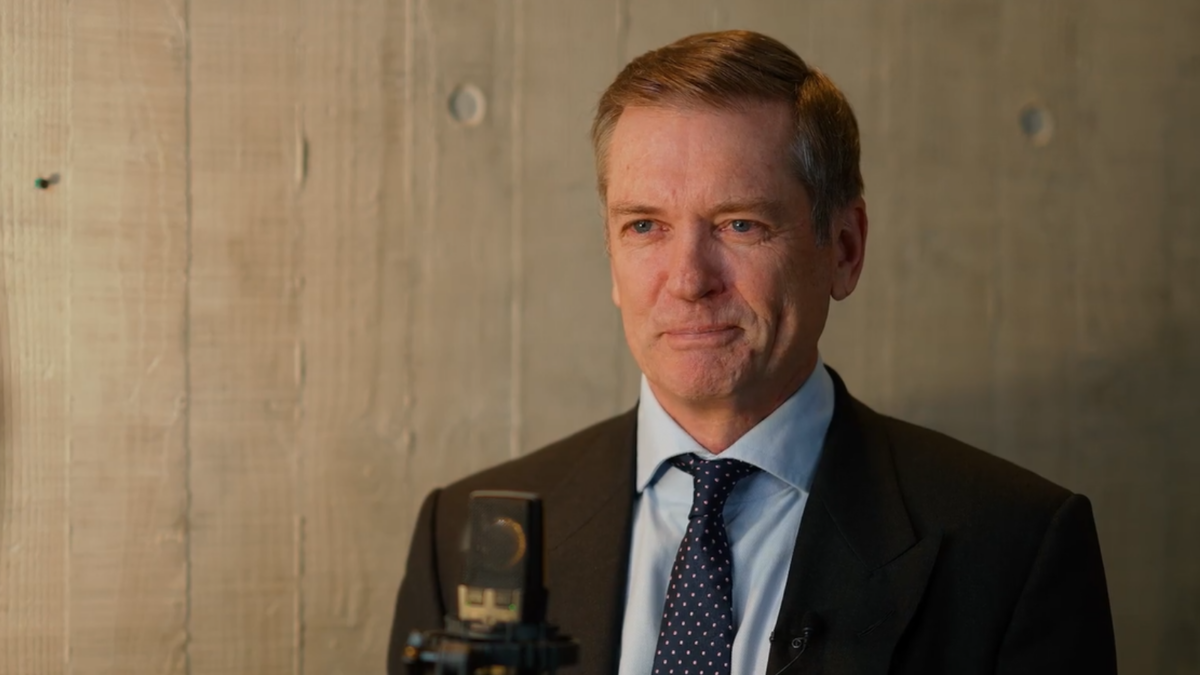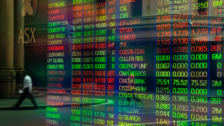Property investors facing the climate risk head on
Floods, fires, landslides, earthquakes. It doesn’t matter where you are in the world, the impacts of climate change are becoming more pronounced, with many still struggling to understand the implications they have for various asset classes.
Long the stalwart of institutional portfolios, commercial properties are among the oldest asset classes in the world, having been in existence since the revolution that was ‘property titles’. Despite the shift online of many daily tasks, property remains central to our day to day lives and is actually one of the biggest contributors to CO2 emissions according to Invesco’s Global Real Estate Team.
Invesco Real Estate, which manages nearly US$100 billion in property across the globe, this week released a paper highlighting the growing climate risk within real property assets and the issues investors must consider. The research highlights that global economic losses from natural and man-made catastrophes in 2020 reached USD$202 billion, a 30 per cent increase on the prior year.
Commenting on the research, they flag that the world is “suffering increasingly from the very natural disasters global warming brings about” and that “there is consensus that this is the main reason for the rise in the frequency and severity of natural disasters.”
According to research, the so-called built environment was responsible for 75 per cent of annual global greenhouse gas emissions, with buildings accounting for about half of this amount, meaning there is great scope for improvement and efficiency.
Louis Wright and Zachary Marschik, the authors of the paper confirmed that “around 50% of emissions from new buildings are embedded in the construction materials. The other half arises from operation of the building.” The result is asset managers and owners are faced with the “dual challenge of creating spaces that are more efficient in use while reducing the up-front carbon emissions involved in construction and refurbishment”.
The most relevant climate-related risk to investors in the sector, is of course valuation or pricing, which they suggest can be influenced in many ways of varying severity and longevity. Whether it is a high-risk area for natural disasters such as flooding, hurricanes and typhoons or environmental factors such as sea level rises and heat stress to, , the key is finding and using the best data to understand the short, medium and long-term risks.
The financial impacts of climate risk on real estate are varied, ranging from effects on cash flow, the ability to obtain finance and ultimately on the capitalisation rates that determine the valuations of each asset. They highlight risks ranging from reduced rent due to locations, higher building services and operating costs due to natural disasters, along with difficulty in obtaining insurance in the worst cases.
The Invesco team have historically leveraged the significant resources of research provider Moody’s ESG Solutions team, who are a “leading provider of physical climate and environmental risk analysis” but have since leveraged this to create their own internal platform.
With over 500 commercial property assets across the globe, the comparability and ease of access to risk data in a central location has been central to the groups continued evolution. The data allows the comparison of assets in a similar region, across borders and in different sectors over many varied datasets.
“Many real estate investors still ignore extreme weather events as they are unpredictable and difficult to quantify’ concludes Wright, stating that “investors can no longer afford to leave climate risk information out of their decision making”.










